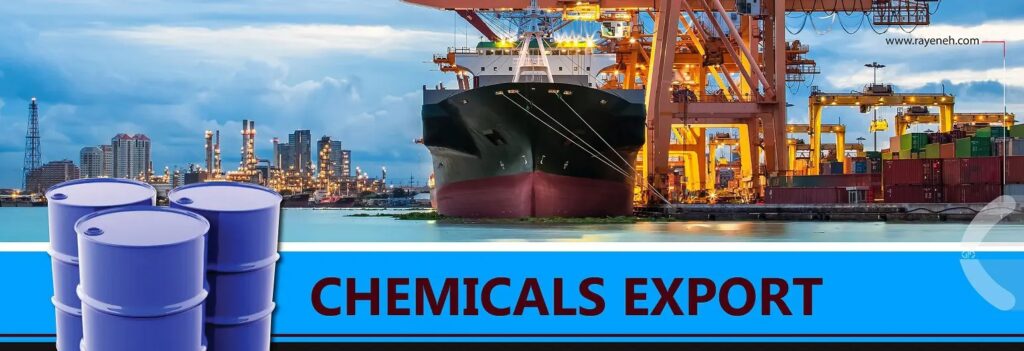The global chemical industry is a dynamic and expanding sector that plays a vital role in supporting various industries and economies around the world. From medicines and fertilizers to industrial solvents and specialty chemicals, the demand for these products continues to grow. The global chemical industry is a highly valuable sector with a market size estimated at around $6.2 trillion in 2023 and continuing to grow steadily. Chemical exports play a significant role in the growth and success of this industry. Companies involved in chemical exports have the opportunity to reach new markets, build strong international relationships and capitalize on the increasing demand for chemical products worldwide. However, navigating the complexities and challenges of chemical exports requires careful planning, regulatory compliance and a deep understanding of the global market.
Key Considerations for Chemicals Export and Export Conditions
Chemical exports involve several important considerations to ensure regulatory compliance and safety. Here are some key points to keep in mind:
- Regulatory Compliance
Understand and comply with the export control laws and regulations of both the exporting and importing countries. Be aware of any restrictions or special requirements for specific chemicals being exported. - Necessary Permits
Chemical export permits vary depending on the product type, destination, and the regulations of the importing country. Exports may require permits from relevant organizations, health or environmental permits, and hazardous cargo transport permits (DG). Each destination country may have specific import requirements, and some chemicals are subject to special controls requiring specific permits. For more information, it is recommended to contact the relevant authorities or the embassy of the destination country. - Classification and Labeling
Ensure proper classification of chemicals based on international standards, such as the Globally Harmonized System (GHS). For export chemical, provide accurate and consistent safety data sheets (SDS) and labeling. - Packing and Transport
Use appropriate packaging that complies with international standards and is suitable for the type of chemical being exported. Follow regulations for the transport of hazardous chemicals, including marking, labeling, and appropriate records. - Documentation
Prepare all necessary export documents such as commercial invoices, export permits, and certificates of origin. Ensure the authenticity and completeness of all export-related documents to expedite customs clearance and compliance. - Safety and Handling
Prioritize safety when transporting chemicals to minimize risks to personnel, the environment, and the public. Provide training to staff involved in the export process on the safe handling and transportation of chemicals. - Risk Assessment and Management
Conduct a thorough risk assessment to identify and mitigate potential hazards related to chemical exports. Implement risk management measures to address any identified risks during the export process. - End-User Verification
Consider methods for verifying the intended end-user of the exported chemicals to prevent misuse or diversion for unauthorized purposes. By paying close attention to these key considerations, exporters can navigate the complexities of chemical exports while prioritizing safety, compliance, and responsible business practices.
Exporting high-quality chemicals from trusted sources with competitive prices and favorable trade terms to global markets by Rayeneh Daran Company

